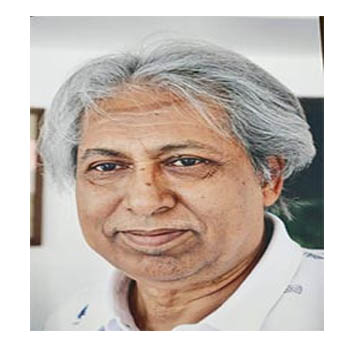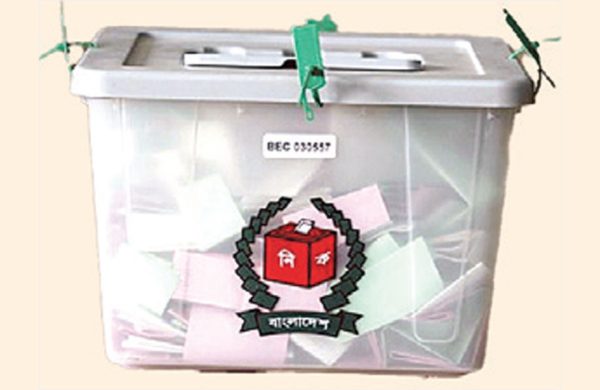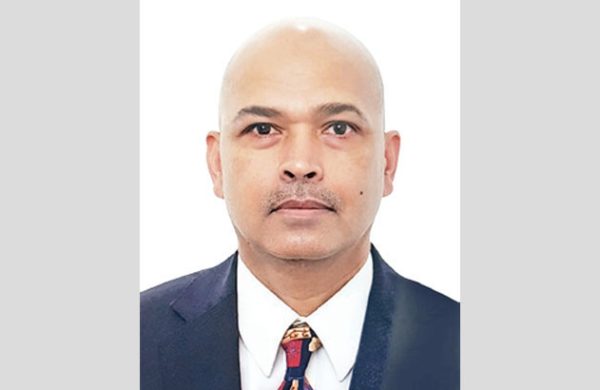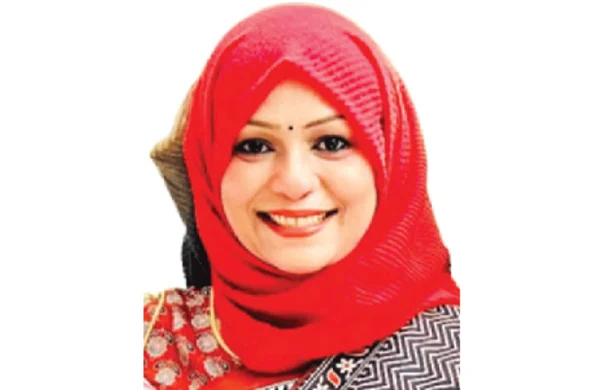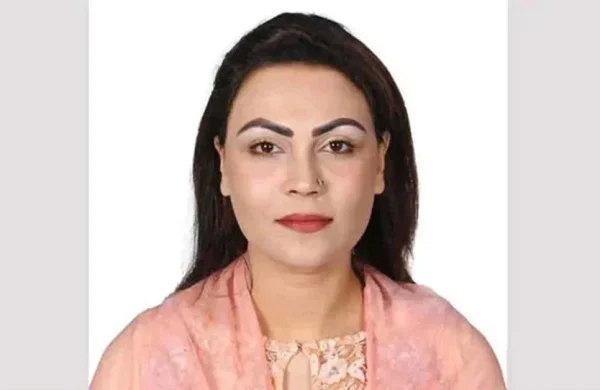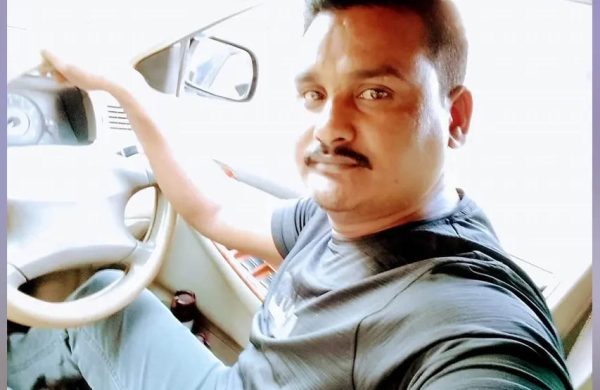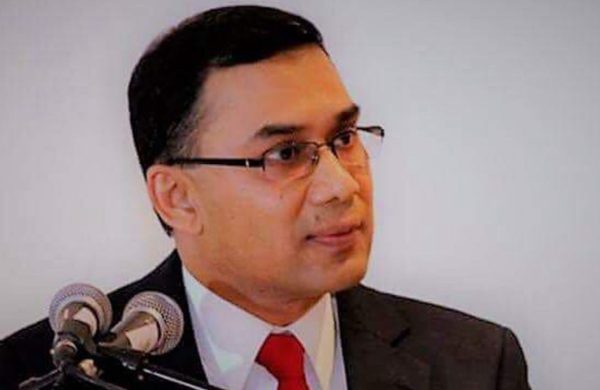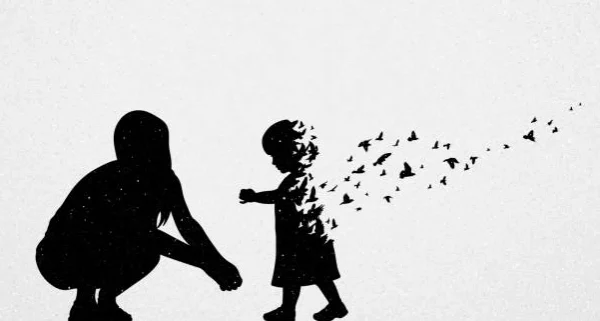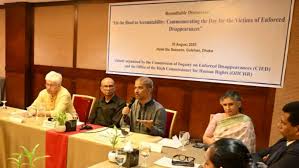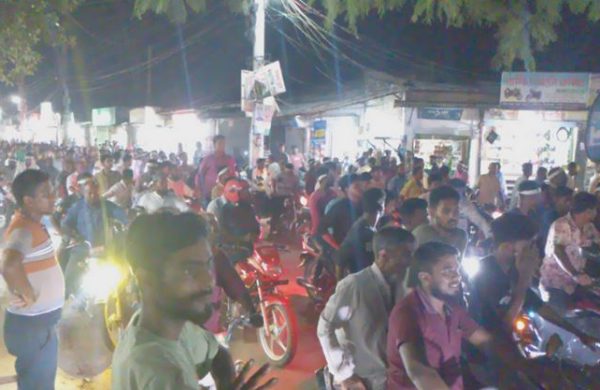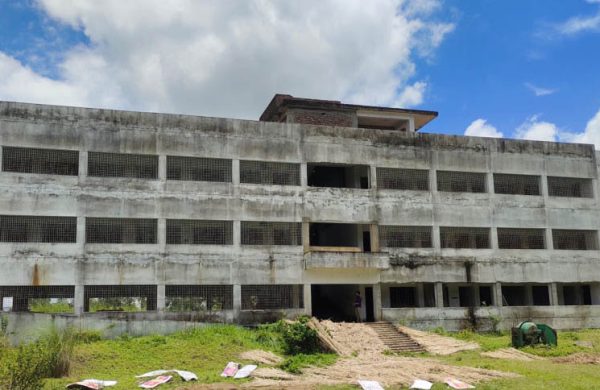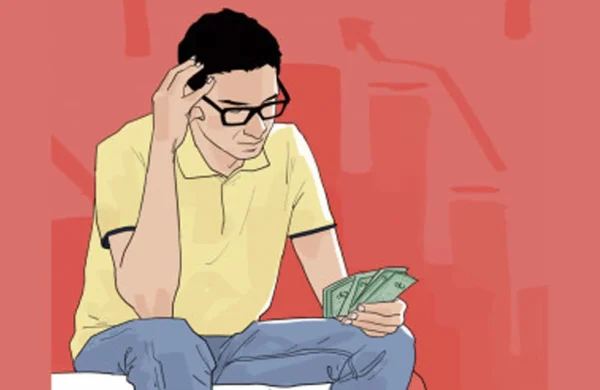The Candle before the Dawn
- Update Time : Saturday, August 2, 2025
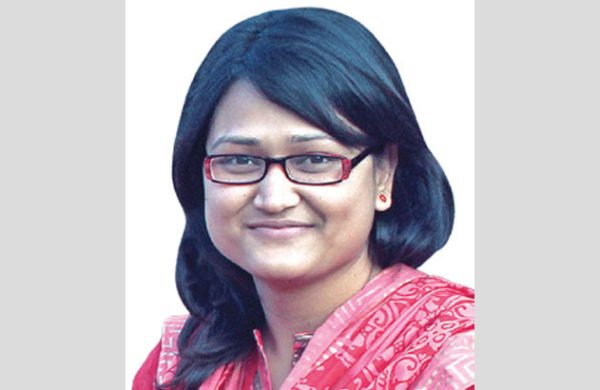
—Kaniz Kakon—
It is August again. A whole year has passed since Bangladesh’s blood-won rebirth, and yet, the air still feels thick with dreams left hanging, hopes not yet home. In a time when despair thickens the air like humidity before a storm, when even silence seems heavy with sorrow, the most powerful forms of survival may not come from strength but from softness. Hope and belief, those hushed companions of weary hearts, are no longer luxuries of the unburdened. They are lifelines. Not the bright, explosive kind but the subterranean ones—slow, persistent and deeply human. In a world fraying at its seams, belief is becoming therapy, not as a remedy but as a rhythm. Literature, philosophy and the bruised but breathing human spirit have long converged on this one truth: to believe in something better is not naiveté.
In The Principle of Hope, Ernst Bloch insists that humanity is not defined by what is but by what might still be. Hope, for Bloch, is not passive waiting; it is a rebellious act of imagining beyond the immediate. It is a candle lit before the dawn, not after. This anticipatory imagination echoes in the harrowing account of Viktor Frankl, a survivor of the Nazi concentration camps. In Man’s Search for Meaning, Frankl writes not just about pain but about persistence. Those who lived, he observed, often had something to live for, someone to see again, something unfinished, or simply a belief in dignity beyond cruelty. From this emerged Logotherapy, a school of thought that holds meaning, not pleasure and not power, as the primary engine of human survival. It is belief, Frankl argued, that made the unbearable bearable. In suffering, the search for meaning was not a luxury; it was breath.
In psychological terms, this quiet persistence takes shape in Albert Bandura’s theory of self-efficacy: the belief that we can influence our own conditions. This belief, research shows, strengthens not only coping mechanisms but actual outcomes. In other words, to believe you can survive improves your chances of survival. Hope is not a feeling we chase. It is a scaffolding we build. And in contemporary psychology, Charles Snyder’s Hope Theory offers us a framework that reads like an invitation to rebuild: hope comprises goals, pathways and agency. It is not fluffy optimism; it is structured possibility. It is cognitive architecture for emotional endurance.
So why does this matter in Bangladesh— a country layered with contradictions, where joy and grief are so intimately braided that one often cannot tell where laughter ends and mourning begins? It matters because the people here have long practiced hope as a craft, not a concept. It lives not in textbooks, but in tea stalls. Not in theory, but in the tremor of a mother’s hands as she ties her child’s shoelaces before sending them into an uncertain world.
Walk into any government hospital at 2 a.m., and you will meet the true therapists of belief: a father reciting Quranic verses under his breath as his daughter lies in a coma, a nurse humming Rabindra Sangeet while cleaning wounds no one else wants to touch, and a boy selling bread outside, hoping to buy his mother medicine. None of them are hopeful in the abstract. Their belief is tactile. Earned. It exists in bruised palms and quiet endurance. Often, we mistake belief for delusion. But in reality, belief is the thing people turn to when the facts have failed them. When the system breaks, when the promises fall through, when leadership forgets how to lead, what is left? It is faith, not as doctrine but as dignity. It is poetry, not as an escape but as a reminder. It is prayer, not as ritual but as rhythm. To transform hope from emotion into infrastructure means to rethink our public ethics. A hopeful society is not one that tells people to smile through grief; it is one that offers rest without guilt, mental healthcare without shame, and space to grieve without judgement. Hope must live not only in hearts but also in hospitals. In schools that nurture wonder, not just grades. In urban plans that include not only flyovers but also breathing spaces.
We need to reimagine belief as therapy, not reactive but preventative. When a worker knows their worth is not tied to endless productivity, they are more likely to believe in themselves. When a student knows their failure would not exile them from dignity, they try again. When an old woman sees a government clinic and believes it will help, we have already begun to heal.
And yes, belief can be quiet. It is the grandmother weaving kantha quilts not for sale but for memory. It is the widower planting trees on his rooftop, whispering names into leaves. It is the teacher who reads aloud with a trembling voice, because someone in the room still listens. These are not acts of weakness. They are declarations. They say we still care. We still imagine. We still believe. This is what therapy looks like in a country of the tired. It looks like art shared without applause. Like kindness without cameras. Like youth who refuse to give up on a place that has given them little. It looks like all the unnamed people who believe in better do so not because they have seen it, but because they are trying to make it.
And maybe that is enough to begin.
To believe is not to ignore despair. It is to defy its permanence. It is to build small altars of light in the cracks of overwhelming darkness. And there, in that flicker between the worn-out truth and the imagined otherwise, we begin to remember something our ancestors always knew: even the longest monsoon yields to dawn, and inside the quietest belief, something radiant waits. So, if you are tired, begin here with a breath, with a word and with a hand extended towards something tender. Begin not with certainty but with care. Begin not with grand declarations but with a whisper: I still believe.
——————————————————————————————
The writer is an Assistant Professor in the Department of Philosophy at IUBAT and pursuing a Master’s in Human Rights and Multiculturalism at University of South Eastern Norway


